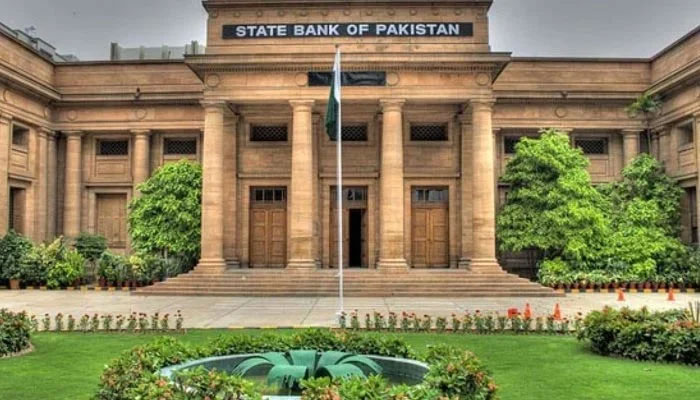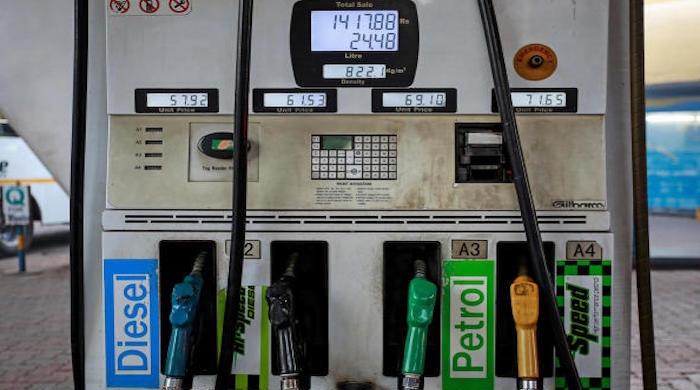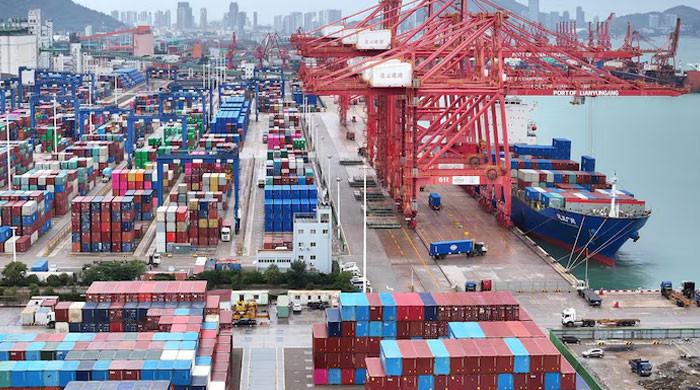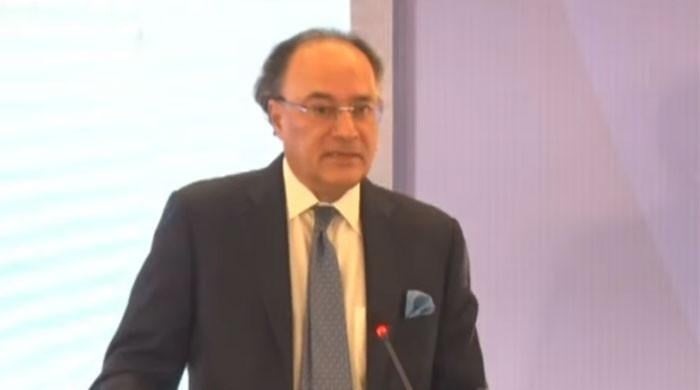SBP projects substantial slowdown in economic growth
Demand management measures and 2022 floods have weighed heavily on the growth outlook for FY23, says SBP
May 20, 2023

- SBP's concerns about growth mirror forecasts made by international financial institutions.
- Says inflation projected to remain elevated within range of 27-29%.
- Says it would continue to take steps to contain inflation and stabilise external sector.
KARACHI The State Bank of Pakistan (SBP) on Friday projected a substantial slowdown in economic growth during the ongoing fiscal year because of the dual impact of devastating floods and fiscal consolidation measures, reported The News.
As per its half-year report for the fiscal year 2022-23 (FY23), the central bank said that the real GDP growth is expected to remain significantly lower than the previous year's growth rate of 6%, as well as its own revised projection of around 2%.
"The demand management measures and 2022 floods have weighed heavily on the growth outlook for FY23," the SBP said. The central bank's concerns about growth are almost exactly mirrored in the forecasts made by the international financial institutions.
The International Monetary Fund (IMF) cut Pakistan's growth outlook last month, predicting the country's frail economy will expand by just 0.5% this year. The World Bank projected that the country's GDP would grow by 0.4% this year, down from its October prediction of a 2% growth.
The SBP's economic assessment was released at a time when the nation is dealing with a severe balance of payments crisis, declining foreign exchange reserves, and record-high inflation.
The lack of progress in Pakistan's IMF bailout is increasing the prospect of default. Increased tensions following the arrest of Pakistan Tehreek-e-Insaf Chairman Imran Khan may make the IMF's $6.5 billion bailout even more improbable, worsening the country’s political and economic unrest.
The central bank said the consumer price index (CPI) inflation is projected to remain elevated within the range of 27-29% in FY2023.
"The deteriorating inflation outlook is predominantly ascribed to the persistent uptick in food and energy inflation, while core inflation may continue to edge up as well," it said.
"The near-term risks to inflation outturns could be explained by various factors: the second round impact of recent exchange rate depreciations, fiscal adjustments including upward revisions in GST, gas and electricity tariffs, and an upward drift in inflation expectations.”
In addition, uncertainty regarding crude oil price increase due to faster-than-expected growth in the Chinese economy and lower-than-target wheat production in Pakistan are other upside risks to the inflation outlook, it noted.
Despite a substantial improvement in the current account deficit, the external account pressures continued to persist amidst scheduled debt repayments and markedly lower foreign inflows which, in turn, resulted in a severe drawdown in foreign exchange reserves.
"In view of the prevailing domestic macroeconomic uncertainty, impact of flood, and increasing interest rate environment globally, the external account vulnerabilities are likely to remain at an elevated level in FY23," the SBP said.
"However, the resumption of IMF’s loan program would help assuage the overall external sector concerns by increasing access to multilateral and bilateral financing avenues."
The SBP's report noted that adverse global economic conditions, uncertainty surrounding the completion of the IMF program’s 9th review, insufficient external financing and low level of forex reserves remained major concerns during H1-FY23 which were exacerbated by the fallout of flash floods and political instability. Specifically, both agriculture production and large-scale manufacturing (LSM) contracted; whereas, headline inflation rose to a multi-decade high level.
The SBP said that it would continue to take steps to contain inflation and stabilise the external sector, while also supporting economic growth. However, it warned that the outlook for the economy remains challenging and that there is a high degree of uncertainty.











